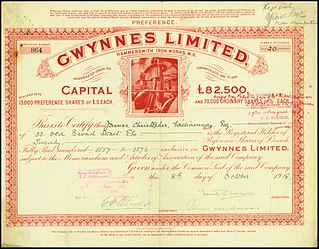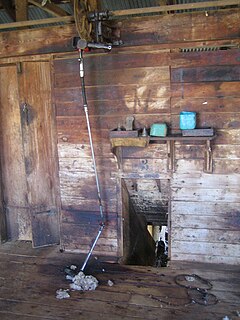Biography
Herbert Skinner was born in 1872 in Wellingborough the eldest son of boot and shoe manufacturer William Banks Skinner (1847-1914) and his wife born Jane Lilley. [2] In 1881 Banks Skinner entered into a partnership with his brother-in-law, Thomas Lilley (1845-1916), and they built a very successful footwear manufacturing and retailing business, Lilley & Skinner.

Wellingborough is a large market town in the Wellingborough district in the county of Northamptonshire, England, situated about 11 miles (18 km) from the county town of Northampton. The town is situated on the north side of the River Nene, most of the older town is sited on the flanks of the hills above the river's current flood plain. Due to frequent flooding by the River Nene, the town was mostly built above the current level of the floodplain. Originally named "Wendelingburgh", the settlement was established in the Saxon period and is mentioned in the Domesday Book under the name of "Wendelburie". The town was granted a royal market charter in 1201, by King John of England.

Lilley & Skinner was a British mid-market shoe brand, manufacturer, retailer and wholesale distributor of their own and others' boots and shoes and associated chain of high street shoe shops. It was also active in wholesale leather distribution.
The eldest son, Herbert Skinner followed his father into the management of Lilley & Skinner. [3] He brought back Britain's first modern shoe-making machinery from an 1895 visit to USA. [1]
He acquired his first car in 1898 and actively participated in the development of the petrol engine. [1] Herbert with his brother Carl, Thomas Carlisle Skinner (1882-1958), made a newly developed carburettor in 1904. [4] In February 1905 Herbert applied for a full patent [5] which was granted in January 1906. [6] The new carburettor was made for the Skinner brothers by G Wailes & Co of Euston Road until the brothers formed a limited liability company in August 1910 [note 1] to manufacture it themselves. [1] The original brand name Union Carburettor was changed to S. U. carburettor, an abbreviation of Skinner-Union. [7] [8] [9] [10] Younger brother, Carl (Thomas Carlisle) Skinner (1882-1958) sold out of Lilley & Skinner and took over the carburettor business. Herbert remained with Lilley and Skinner [11] and continued to patent improvements to his carburettor. [4] [12]
He was one of the founders and the vice-president of the Institute of Patentees and well-known in the City of London as an active member of the Cordwainers' Company. He represented England as a clay-bird shot in the 1908 Olympic Games and won a bronze medal. [1]
The Institute of Patentees and Inventors is a United Kingdom-based non-profit making association. It provides support to individuals on all aspects of inventing.
Herbert was father of Professor Herbert Skinner. He did not believe in early schooling. His son was nine years old before he entered Durston House School at Ealing. [5]
Herbert Wakefield Banks Skinner was a British physicist.
Herbert Skinner died suddenly at his house in Woodville Road, Ealing on 29 December 1931 aged 59. [13]









